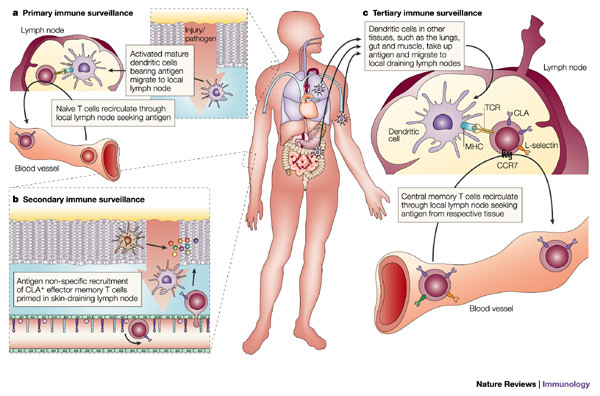Figure 4. Immune-surveillance mechanisms in the skin.

a | Primary immune surveillance is the process by which the innate immune response ensures the effective engagement of the adaptive immune response. Antigens encountered in the skin are carried by activated dendritic cells through the afferent lymphatics to the draining lymph nodes, and presented to naive and central memory T cells circulating through the node. This increases the likelihood of encountering T cells that express the appropriate T-cell receptor (TCR). T cells that encounter their cognate antigen proliferate and differentiate into effector cells expressing homing receptors for the tissue served by that node. b | Secondary immune surveillance provides a mechanism for ensuring rapid and effective local adaptive immune responses to previously encountered antigens. Tissue inflammation results in the upregulation of expression of adhesion molecules and presentation of specific chemokines on the local endothelium. Effector memory T cells that express the appropriate counter-receptors are recruited in an antigen non-specific manner. Those cells that encounter their cognate antigen presented by local antigen-presenting cells (APCs) participate in the local inflammatory response, whereas those that do not return to the general circulation. c | Tertiary immune surveillance represents a mechanism by which the immune system can hedge its bets, providing enhanced adaptive immune responses to antigens encountered in tissues distinct from those in which they were previously encountered. Central memory T cells produced in skin-draining lymph nodes express L-selectin and CC-chemokine receptor 7 (CCR7), which allows them to recirculate through lymph nodes throughout the body, where they can provide enhanced responses to antigen encountered through a different environmental interface. CLA, cutaneous lymphocyte antigen.
